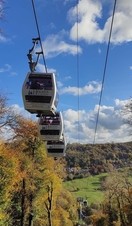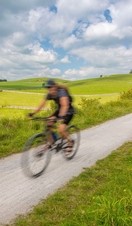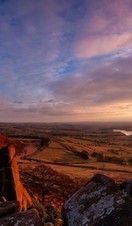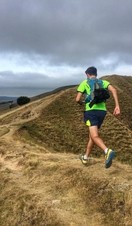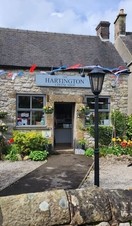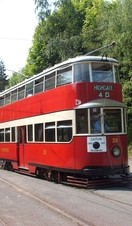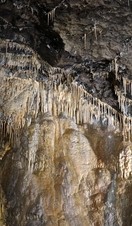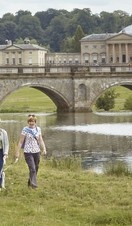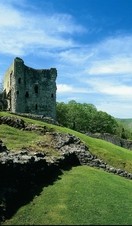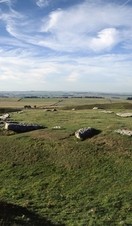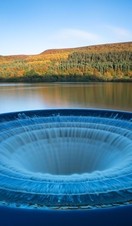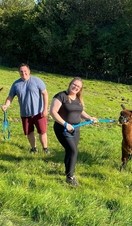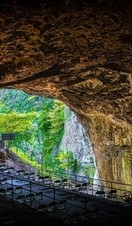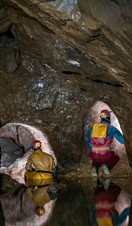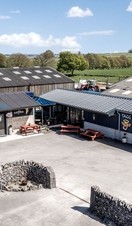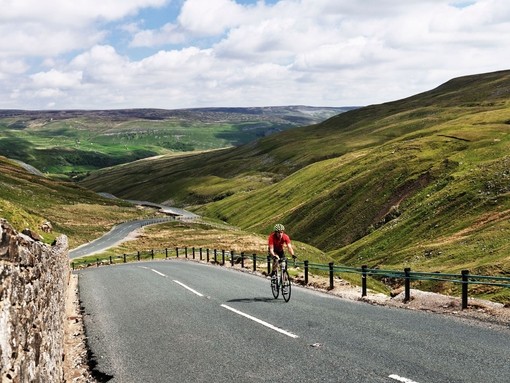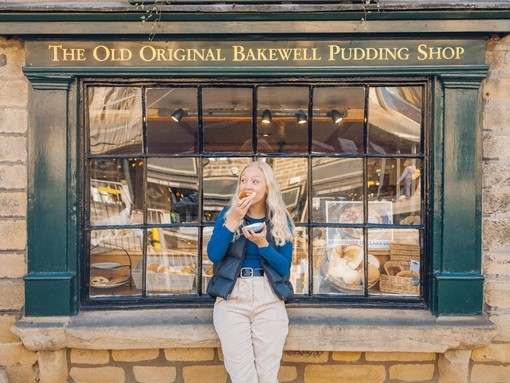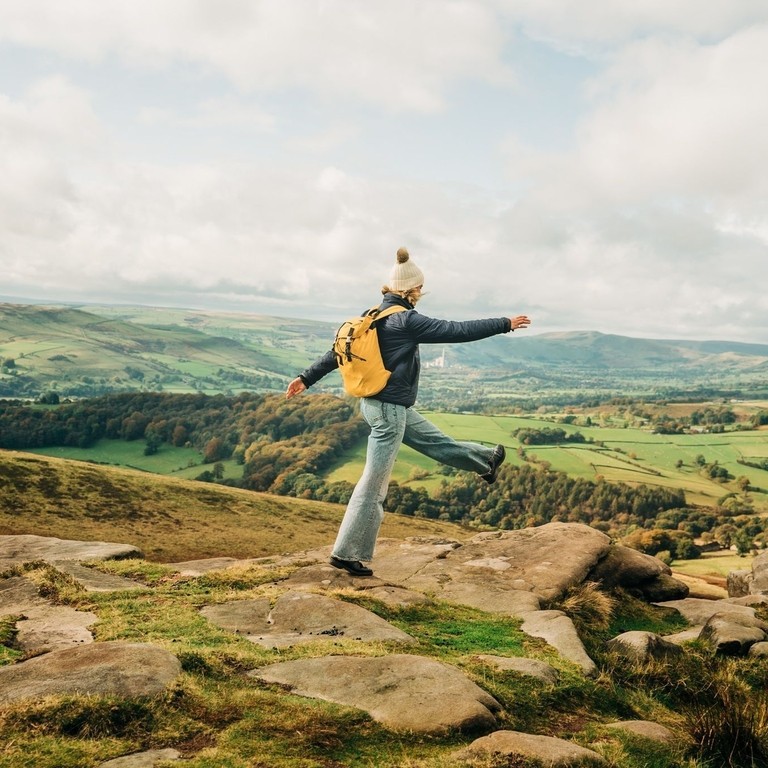

Why we love the Peak District
Britain’s oldest National Park has never felt fresher. Established in 1951, the Peak District is made up of two distinct terrains: ‘Dark Peak’, with untamed moors and windswept hills; and ‘White Peak’, a patchwork of sheep-grazed fields and quaint villages. Despite its name, the park has no mountains – but it does have hidden depths, in the form of spectacular caves. The likes of Blue John Cavern and Treak Cliff Cavern offer a glimpse of this eerie underworld, crafted by nature over millions of years.
For all its wilderness, the Peak District is also one of Britain’s most accessible national parks – an easy trip from Manchester, Leeds and Nottingham, while Sheffield is the perfect gateway for ease of access to climbing, mountain biking and hiking adventures. Whether stopping by for a quick break or a longer jaunt, here’s how to plan your trip.
Photo by: VisitBritain/Jon Attenborough
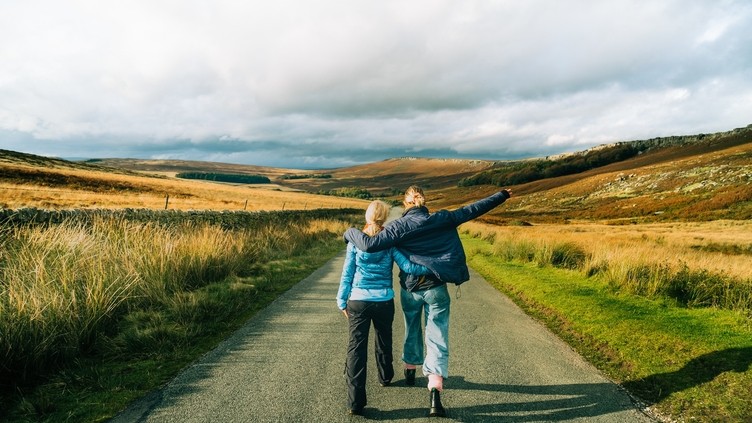
Find your perfect path
Dark or White – or both? The two areas of the Peak District offer contrasting walks: to the north lie invigorating trails through open moorland and craggy gritstone, and up to the park’s highest point, Kinder Scout. To the south, the White Peak’s pastoral valleys and villages make for gentler hikes.
Photo by: Phil Wolstenholme / Alamy Stock Photo
Location: Peak District
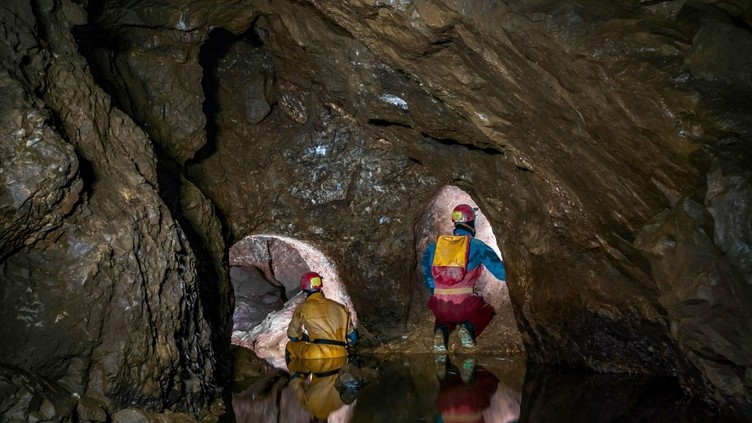
Explore the underworld
Millions of years in the making, the many caves of the Peak District are filled with sculpturesque stalagmites, vast grottoes and even a unique semi-precious mineral called Blue John. The Castleton area has four impressive show caverns, or you could venture deeper on a specialist caving trip.
Photo by: VisitBritain/George Milner
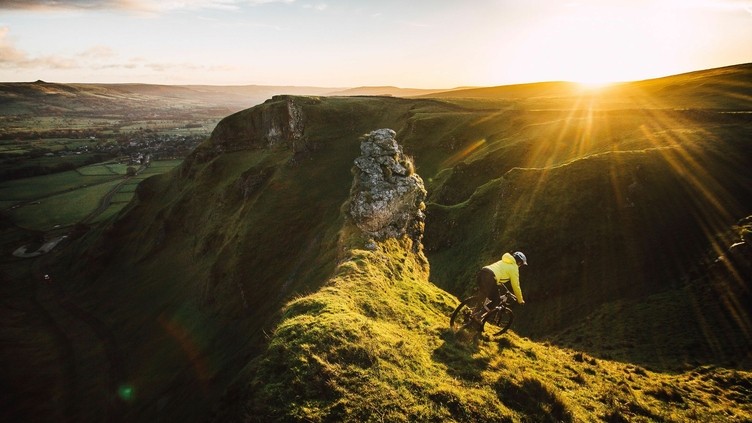
Ride the old rails
Get in the saddle with the Peak District’s cycle tracks. For cyclists and horse riders, the park is criss-crossed with glorious traffic-free trails – including the old railway routes of Monsal (8.5 miles/13.6km), High Peak (17 miles/27km), Thornhill (two miles/three km) and Tissington (13 miles/21km). Several bike hire centres and riding schools operate in the area.
Photo by: VisitBritain/Mel Rogerson
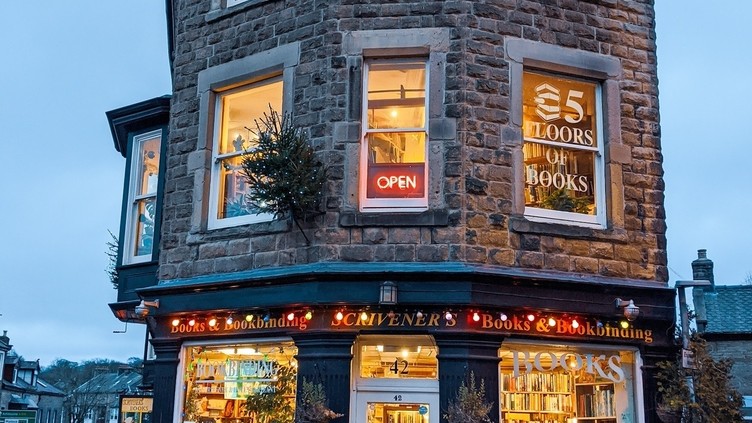
Bathe in Buxton’s beauty
The town of Buxton is the Peak District’s ‘capital’, famed for its thermal spa baths, elegant Pavilion Gardens, Poole’s Cavern showcaves and abundance of art galleries and theatre venues. It sits just outside the National Park boundary, and hosts jazz, opera and folklore festivals year-round.
Photo by: VisitBritain/Tomo Brejc

Get a fresh perspective
With pristine gardens and opulent interiors, the Peak District’s historic houses are always impressive – but you can delve even further. Look out for Haddon Hall’s live concerts and Christmas markets; outdoor cinema and theatre at Chatsworth House; and Lyme Park’s behind-the-scenes tours.
Things to do in the Peak District
Featured things to do
Photo by: VisitDerbyshire
Location: Peak District, Derbyshire
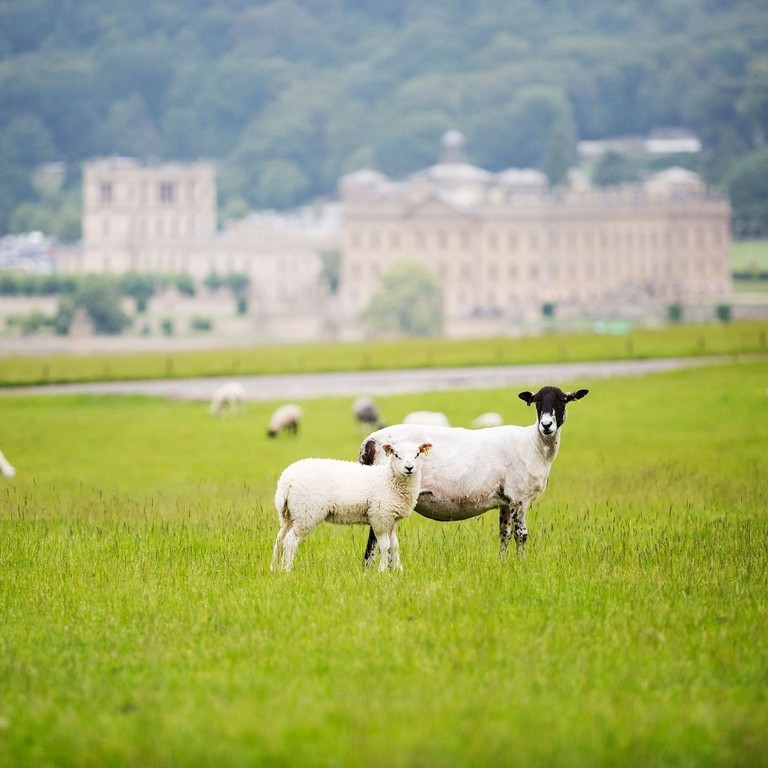
Cute capers
Chatsworth House is famed for its lavish decor and rich history, but it’s also a working farm – and during the spring lambing, visitors can bottle-feed the adorable newborns by hand.
Learn more about farmyard fun at Chatsworth HousePhoto by: ourlifeblogged

Party time
’Tis the season for festivals – including live music and camping at Y Not Festival and farm-themed fun at the Ashover Show.
Learn more about the Peak District’s festivalsPhoto by: life_at_fox_hollow
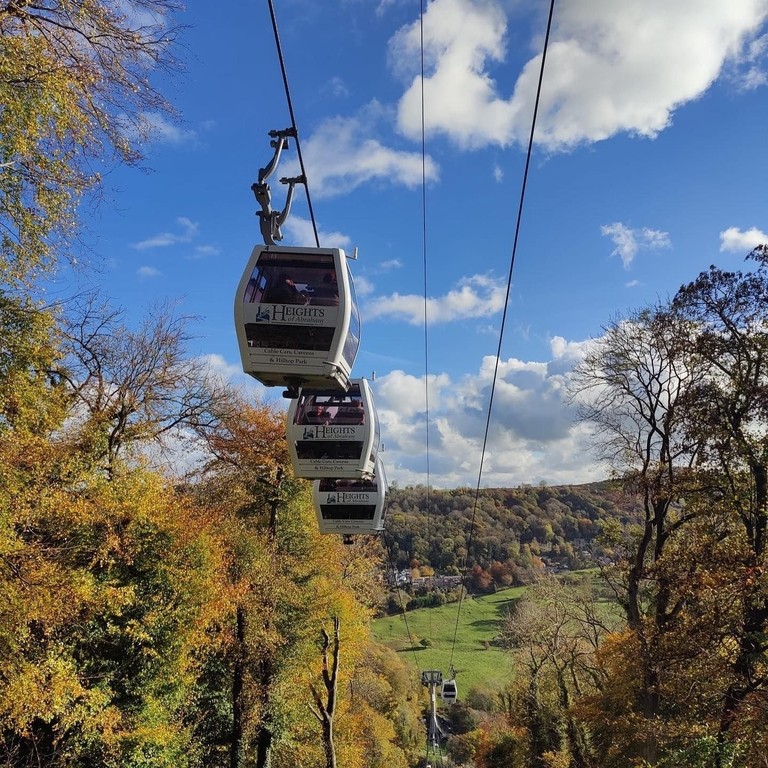
Natural highs
Got a head for heights? Ride a cable car to the Heights of Abraham, a hilltop estate with wild woodlands and caves to explore. In autumn, you’ll get a bird's-eye view of the red treetops.
Learn more about the Heights of AbrahamPhoto by: VisitBritain/Jon Attenborough

Bakes and brews
Taste the Peak District’s epicurean joys: from Bakewell pudding and Ashbourne gingerbread, to artisan cheeses from Hartington Creamery. They make a delicious Christmas present for loved ones, too.
Learn more about food and drink in the Peak DistrictPlaces to stay in the Peak District
City breaks
With Sheffield, Manchester and Derby just a train ride away, why not combine your Peak District adventure with a city trip?
Boutique retreats
The National Park has hotels to suit every style: from romantic boltholes and grand rural mansions, to homely family-run bed and breakfasts.
Woodland cabins
Want something wilder? You’ll find forest lodges and glamping sites all over the Peak District – and even treehouses too.
Explore nearby
Getting to the Peak District
The park sits between Manchester and Sheffield, with Derby to the south. It’s simple to get to the Peak District by bus, train or coach, and it has great motorway links. Trains from London St Pancras to Derby take around 90 minutes, while several other Peak District towns have good rail connections. The closest airports are Manchester Airport (33 miles/53km from Bakewell) and East Midlands Airport (40 miles/64km); they’re served by direct flights from all over the world.
Getting around
The Peak District’s trains are far-reaching, with the likes of the Derwent Valley Line and Hope Valley Line making car-free travel easy. Northern has information about train travel around the Peak District.
Some brilliant car-free Peak District walks can be reached directly from its rail stations. Peak District bike hire is available throughout the National Park. Electric car-charging points are available throughout the region.
By bus
The Peak District bus network is excellent. Daily Peak Sightseer services operate in the summer, taking in Chatsworth House, Castleton and Bakewell.
By heritage train
The Ecclesbourne Valley Railway offers picturesque trips between Wirksworth and Duffield, powered by gleaming vintage locomotives. Peak Rail serves afternoon tea on its steam trains.
By motorhome
Ideal for active holidays with a dash of adventure, hiring a motorhome or campervan gives you the ultimate freedom – and there are campsites throughout the Peak District.
Want to know more?
For more epic Peak District adventures and great places to stay, check out its official website.
The Peak District National Park is located in the heart of England and spans part of five counties, including Derbyshire, Cheshire, Staffordshire, Yorkshire, and Greater Manchester. The Peak District formed during the Carboniferous period, roughly 350 million years ago, with the region once a tropical sea.
The Peak District National Park covers 555 square miles (1,438 square kilometres), making it approximately the size of the entirety of Greater London.
The Peak District’s highest point is the plateau of Kinder Scout, which has a summit 636 metres high (2,068ft). It is popular among hikers for the incredible views it offers of the surrounding area including the Peak District’s moorlands, Manchester, and the peak of Mount Snowdon in North Wales.
No, the Peak District and the Lake District are two distinct places separated by approximately 100 miles (160km). The Peak District is a hilly region located in north central England, and the Lake District consists of a series of bodies of water and is located more to the north-west.



